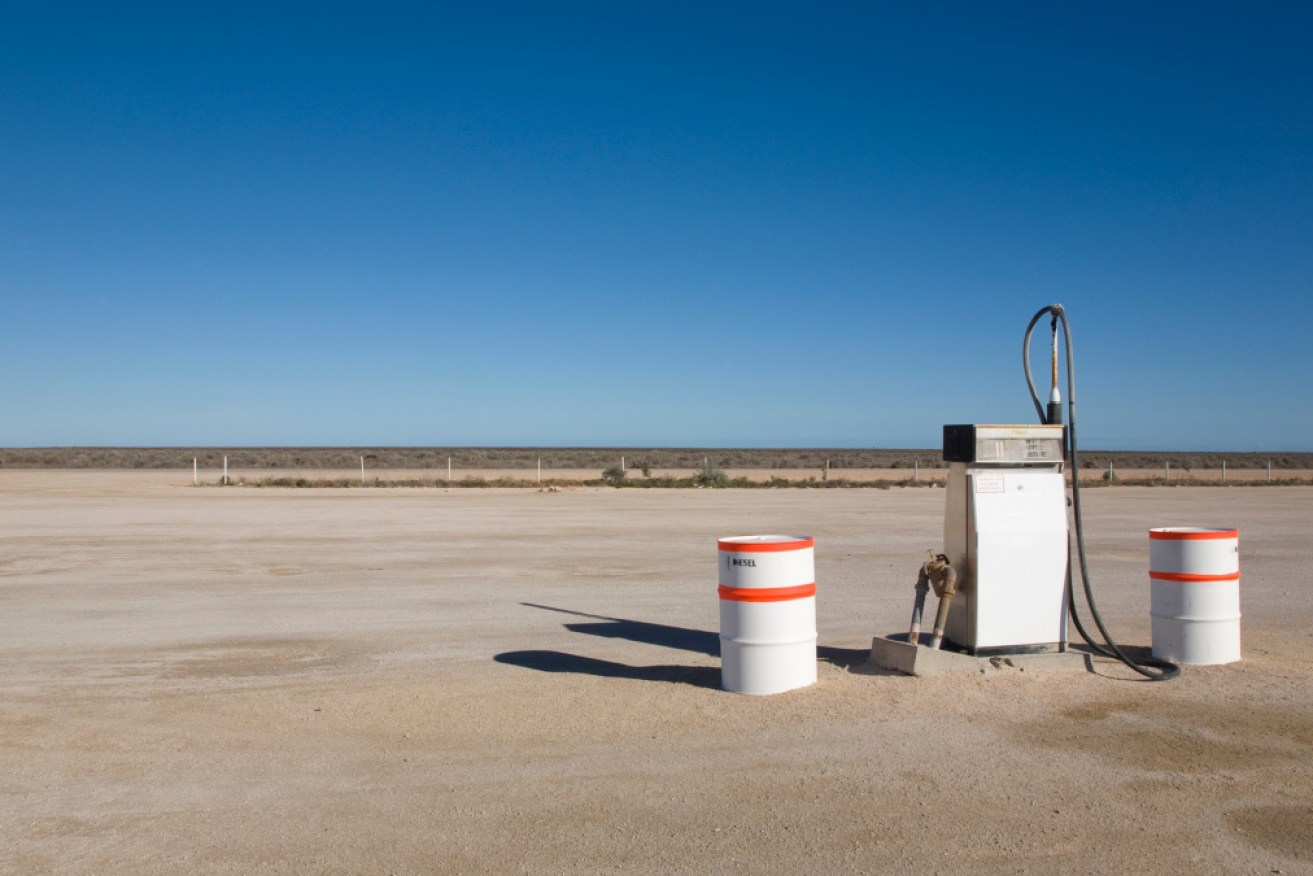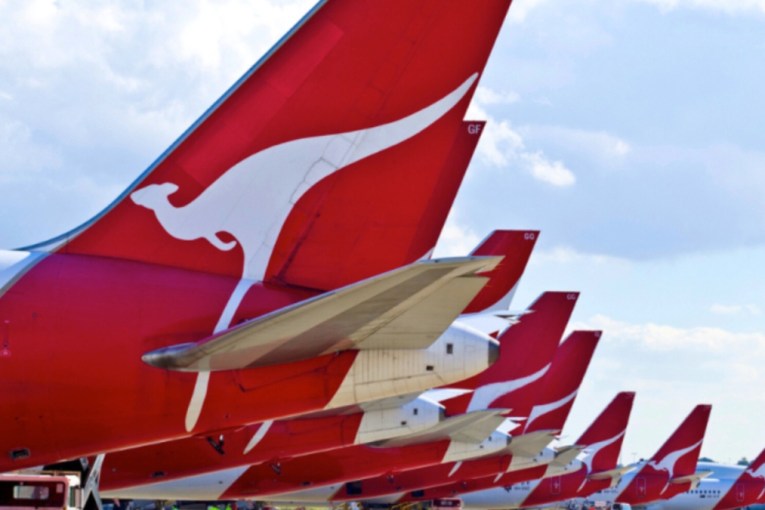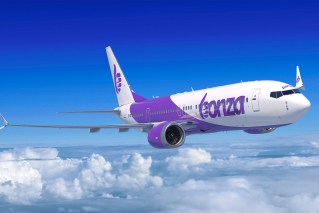‘Morally reprehensible’: Drivers being gouged on fuel prices amid pandemic


International oil prices are at 18-year lows, but drivers aren't seeing the savings. Photo: Getty
Global oil prices have collapsed as demand falls and production lifts, but drivers are yet to see the full savings at the bowser.
Crude oil prices dropped to 18-year lows last week as the coronavirus pandemic forced growing numbers of drivers off the roads and into self-isolation.
And although demand for oil is falling, supply has drastically increased after Russia broke an accord with Saudi Arabia and lifted production.
As a result, the price of Singapore Mogas 95 Unleaded – the refined petrol that most influences Australia’s pump prices – fell to around $US23 ($38) a barrel.
International market prices account for just under 50 per cent of the cost of filling up a tank, with taxes accounting for the next 36.2 per cent.
The last 17.5 per cent of the price drivers pay at the bowser covers other costs and the retailers’ margins.
International prices typically take between 10 days and two weeks to flow through to consumers.
But NRMA spokesperson Peter Khoury told The New Daily that even current prices are too high.
Mr Khoury said drivers should be paying less than 90 cents a litre already, but in many cities, particularly the east-coast capitals, prices are still above $1.10 per litre.
“It should get to around 86 or 87 cents a litre – that should be what we’re targeting but the problem is that we’re not falling as quickly as we should be,” Mr Khoury said.
Across the country, we haven’t seen anywhere near the falls that we should have.’’
Average prices in Adelaide briefly broke below the 90 cents a litre mark last week, but were increased again as part of the city’s petrol discounting cycle.
Mr Khoury said drivers needed to shop around as some retailers were, in fact, offering prices closer to the true cost of petrol.
In Sydney alone, he said, the difference between the highest and lowest price is at its highest recorded level.
A full tank of petrol for a medium-sized sedan costs a full $40 more at Sydney’s most expensive petrol station than at its cheapest, he said.
Cycles getting longer to increase profits
In March, the ACCC warned drivers that some retailers were gouging drivers by not passing on global price falls.
It promised to name and shame the ones it catches.
But Mr Khoury said the threat had not been received.
Instead, retailers are extending their price cycles – charging higher prices for longer before briefly passing on the full savings.
Unfortunately, there’s nothing the ACCC can do to stop the practice.
“Beyond naming and shaming, I don’t know what else [the ACCC] can do because it’s not illegal to do what [the retailers are] doing,” Mr Khoury said.
“It’s morally reprehensible, though, to do this during a global pandemic and at a time when Australians are genuinely fearful for their jobs, their future and their basic necessities.”
CommSec senior economist Ryan Felsman said the longer discounting cycle will sting drivers in Brisbane, Sydney, and Melbourne.
“The discounting cycle is looking a bit elongated this time around, but the cuts aren’t as sharp as last month, and the cycle is due to end next week,” he said.
“It’s looking increasingly likely that prices in Brisbane, Sydney and Melbourne may not get down to a dollar per litre on average this time around.”
Prices to stay low – for now
Although global oil prices are tapped to rise again eventually, Mr Felsman said that’s “unlikely to occur for some time”.
That’s because the lower demand and higher global production has left the world “awash with oil”.
And Russia’s price war – which Mr Felsman said is designed to put higher-cost American oil producers out of business – is set to continue for the time being.
Just how high oil prices get after the coronavirus crisis ends – and how quickly it will get there – is difficult to predict.
“At this stage, it’s appearing as though oil will probably remain at the $US20 ($33.05) to $US30 ($49.55) a barrel level,” he said.
“But eventually if there’s a stabilisation in price it will probably head back towards $US50 ($82.60) a barrel.”








